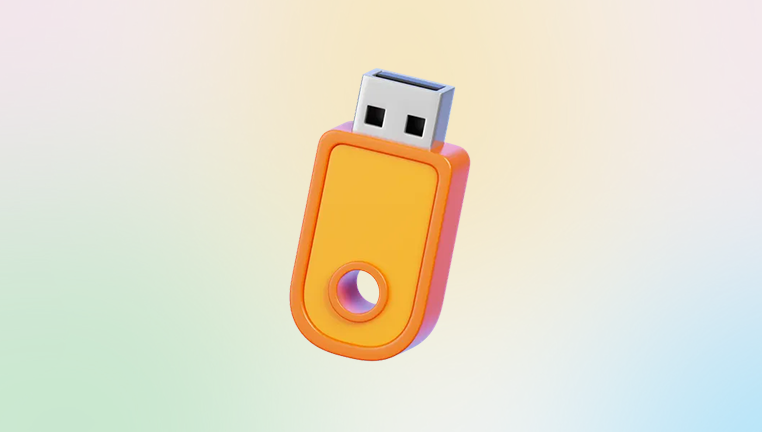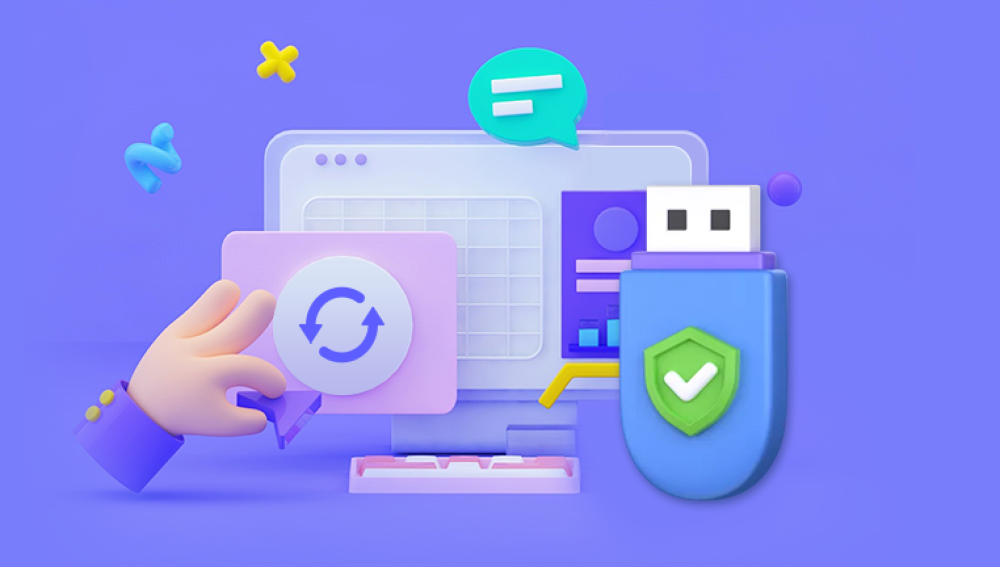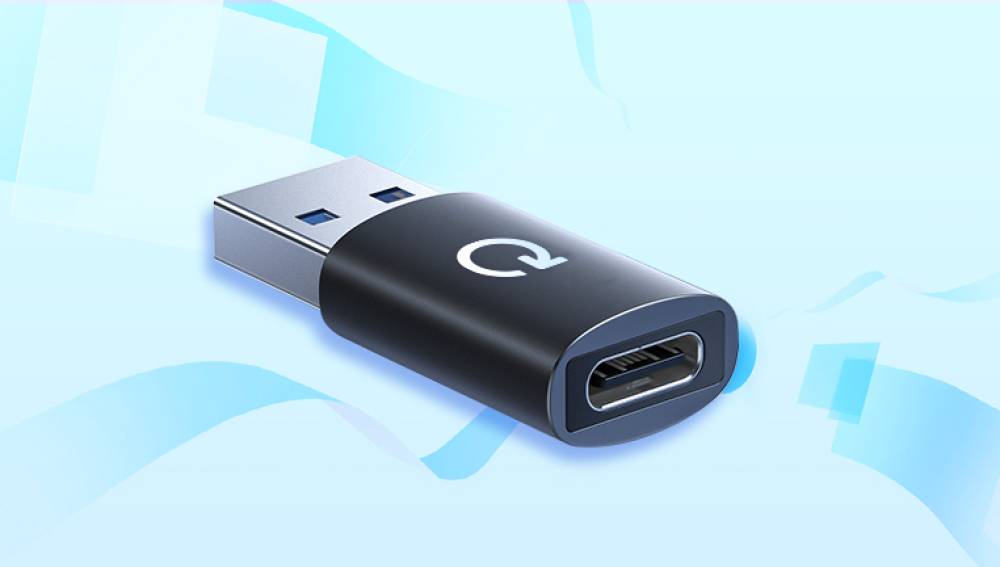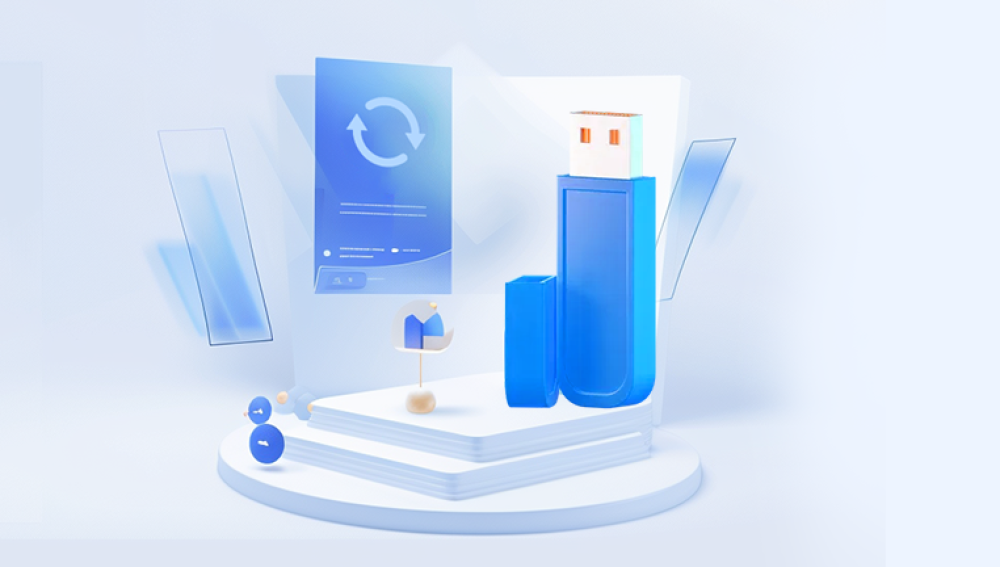They’re compact, portable, and compatible with almost every computer and device. However, this convenience comes with a downside: USB flash drives are notoriously prone to damage. A flash drive can become unreadable due to physical harm, file system corruption, malware infection, or improper ejection leaving your important files seemingly lost.
Chapter 1: USB Flash Drive Damage
1.1 Types of Damage
USB flash drive damage falls into two main categories:
Physical Damage: This includes broken connectors, cracked PCBs (printed circuit boards), or water exposure. It often requires professional repair.
Logical/Software Damage: This includes file system corruption, bad sectors, malware infections, or accidental formatting.

1.2 Signs of a Damaged Flash Drive
Flash drive is not recognized by the computer.
Prompt to “Format Disk” appears.
Files or folders are missing or show as shortcuts.
Transfer speed is unusually slow.
Error messages such as “USB Device Not Recognized” or “Please insert a disk into USB Drive.”
Chapter 2: Initial Steps Before Attempting Recovery
Before using any recovery software or opening the drive physically, perform these essential checks:
2.1 Try a Different USB Port or Computer
Sometimes the issue isn’t the drive but the port or the system:
Use another USB port.
Test on another computer or operating system (Windows, macOS, Linux).
2.2 Check Disk Management (Windows)
Open Disk Management (Win + X > Disk Management).
See if the USB appears. If it’s listed as unallocated or RAW, the partition might be damaged.
2.3 Don’t Format the Drive
If Windows suggests formatting, cancel. Formatting might make recovery more difficult. Instead, proceed with recovery tools.
Chapter 3: Use Built-In System Utilities
3.1 Use CHKDSK (Check Disk) on Windows
This utility can fix minor errors and make your files accessible.
Plug in your flash drive.
Open Command Prompt as Administrator.
Type:
bash
CopyEdit
chkdsk X: /f /r /x
Replace “X” with your USB drive letter.
Let it complete. It may take time depending on the damage.
3.2 macOS: Disk Utility and First Aid
Plug in your USB.
Open Disk Utility (Applications > Utilities > Disk Utility).
Select your USB and click First Aid.
Chapter 4: Recover Files Using Data Recovery Software
If system tools fail, recovery software can scan and extract files from a damaged drive.
4.1 Drecov Data Recovery
Drecov Data Recovery is an advanced tool ideal for corrupted, formatted, or deleted USB flash drives. It supports deep scans, previewing files before restoring, and works with various file formats.
Steps:
Download and install Drecov Data Recovery (on a different drive).
Plug in the damaged USB.
Launch the software and select the flash drive.
Run a Quick Scan first, then a Deep Scan if needed.
Preview and recover files to a safe location (not the same USB).
Chapter 5: Recovering Files from a RAW or Unallocated Drive
If your USB shows as “RAW” in Disk Management, this means the file system is unreadable.
5.1 Steps to Recover
Use software like Drecov Data Recovery.
Select the RAW drive and perform a Deep Scan.
Recover files before attempting to format.
5.2 After Recovery: Reformat the Drive
If recovery is successful, you can safely format the drive:
Right-click USB > Format.
Choose FAT32 or exFAT for cross-platform use.
Run chkdsk again to ensure it’s working properly.
Chapter 6: Manual Methods for Linux Users
6.1 Use TestDisk
Install TestDisk.
Run it with sudo.
Select your USB drive > Proceed.
Choose Intel/PC partition type.
Use Analyze > Quick Search to find lost partitions.
Copy files to another drive.
Chapter 7: Recover Files from a Physically Damaged USB Drive
7.1 Signs of Physical Damage
USB connector is broken.
Device heats up quickly.
No LED activity.
7.2 Don’t Attempt DIY Repairs If:
You hear clicking sounds.
Circuit board is cracked.
You have no technical experience.
7.3 Safe Steps You Can Try
Bent USB Connectors: Sometimes a loose connection can be temporarily fixed by gently adjusting the angle when inserted.
Short-Term Fix: Use a USB extension cable to minimize stress on the port.
7.4 Use Professional Recovery Services
Companies like:
DriveSavers
Ontrack
Gillware
CBL Data Recovery
These services open the flash drive in clean rooms and read data directly from the NAND memory chip.
Note: Professional recovery can cost anywhere from $300 to $1.000+ depending on damage and urgency.
Chapter 8: Tips to Improve Recovery Success Rate
Stop using the USB immediately after noticing problems.
Avoid multiple recovery attempts that write to the drive.
Always recover to a different drive, not the damaged one.
For corrupted files, try file repair tools after recovery (especially for documents or videos).
Chapter 9: Preventing Future USB Flash Drive Data Loss
9.1 Always Eject Safely
Never unplug without clicking “Eject” first. It prevents file system corruption.
9.2 Avoid Using USBs on Public Computers
Malware infections are a common cause of USB corruption.
9.3 Backup Regularly
Use cloud storage or external hard drives to back up important USB data.
9.4 Avoid Physical Damage
Don’t carry flash drives loosely in bags or pockets.
Use USB drives with a protective casing.
A damaged USB flash drive doesn't mean your data is lost forever. Whether your drive is logically corrupted or physically damaged, there are tools and techniques available to help recover your files. Start with software solutions like Drecov Data Recovery for logical errors. If the USB is unreadable or physically broken, consult professional data recovery experts.




